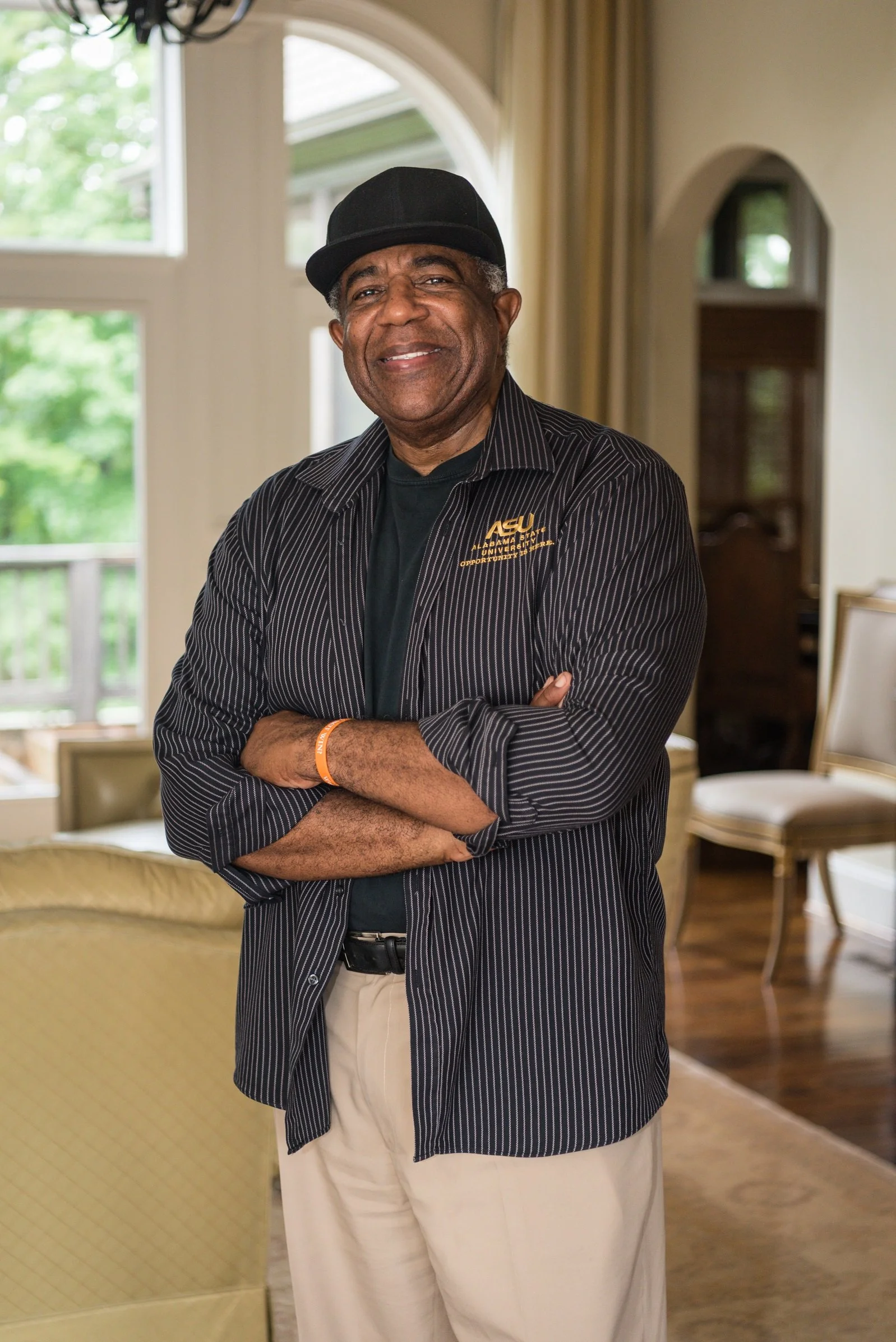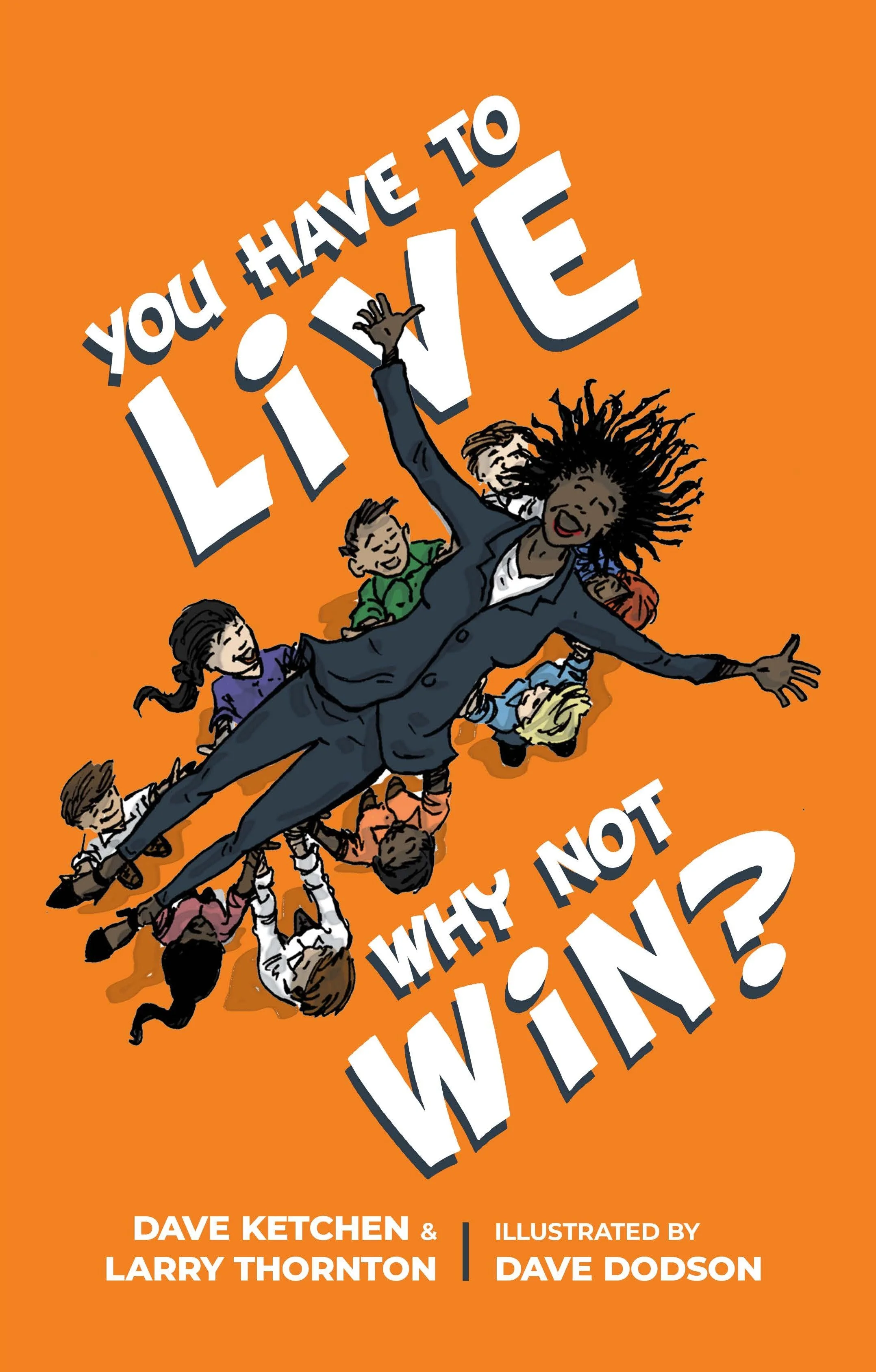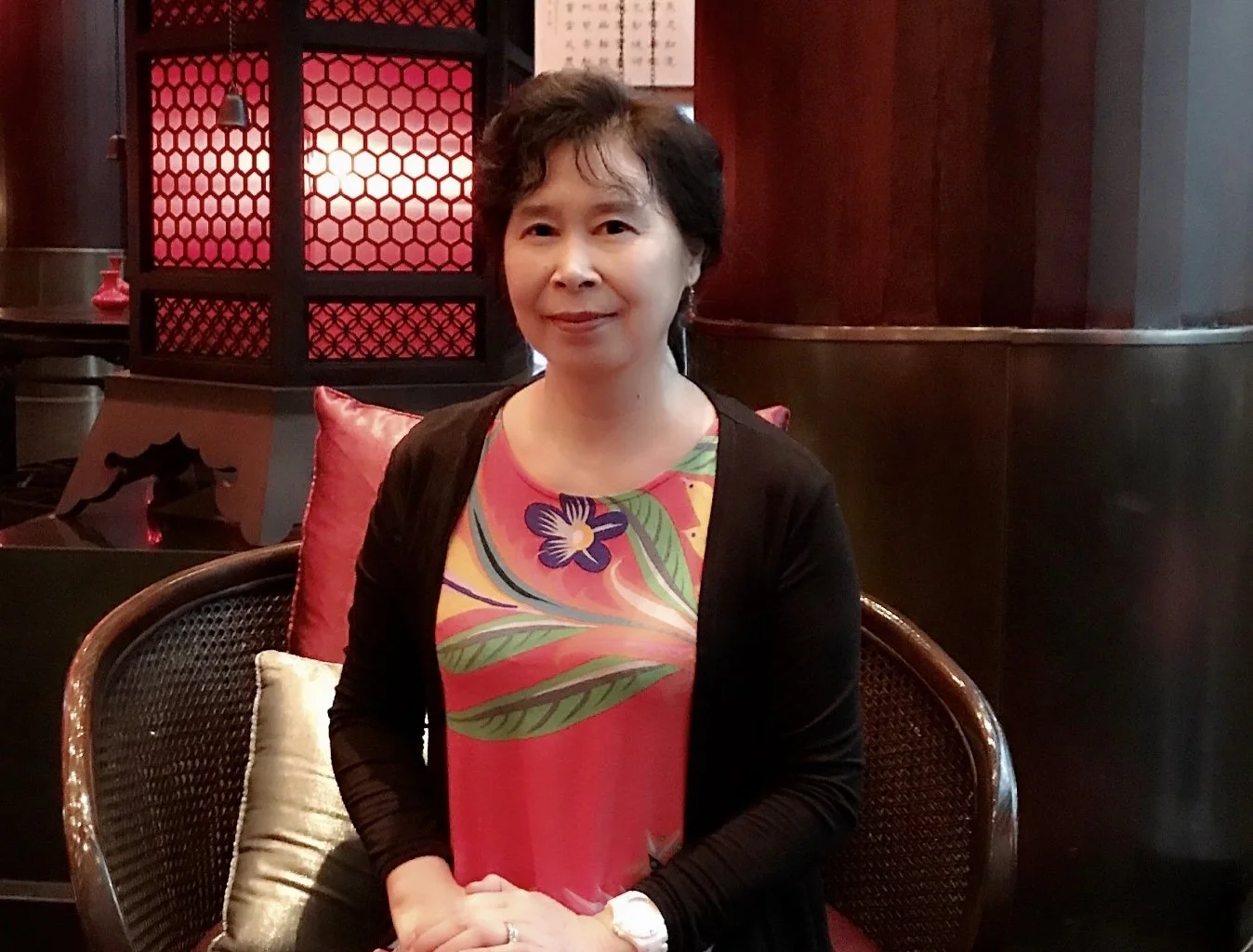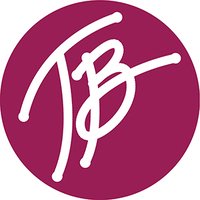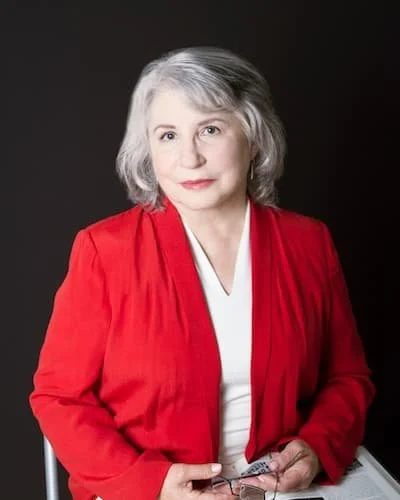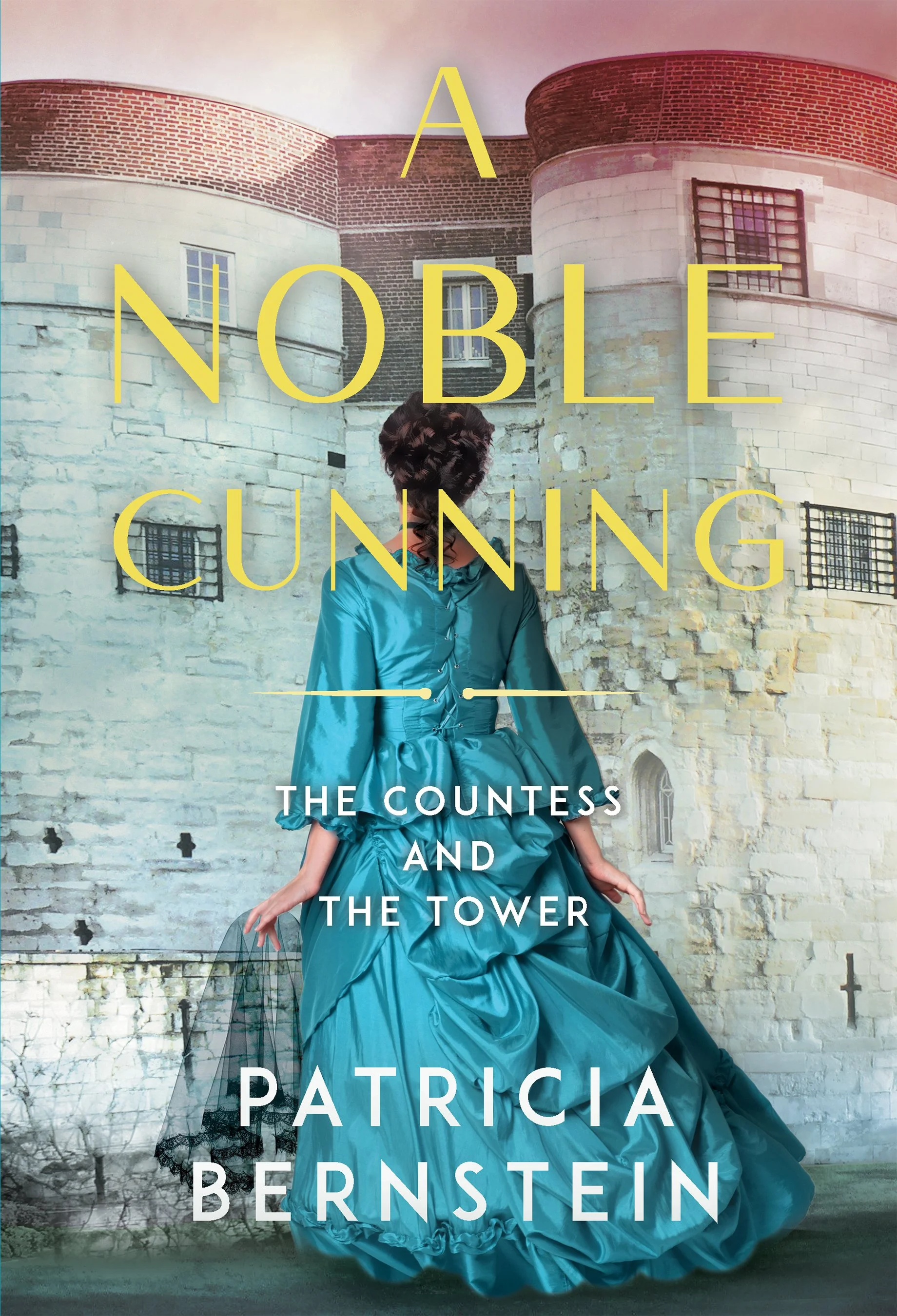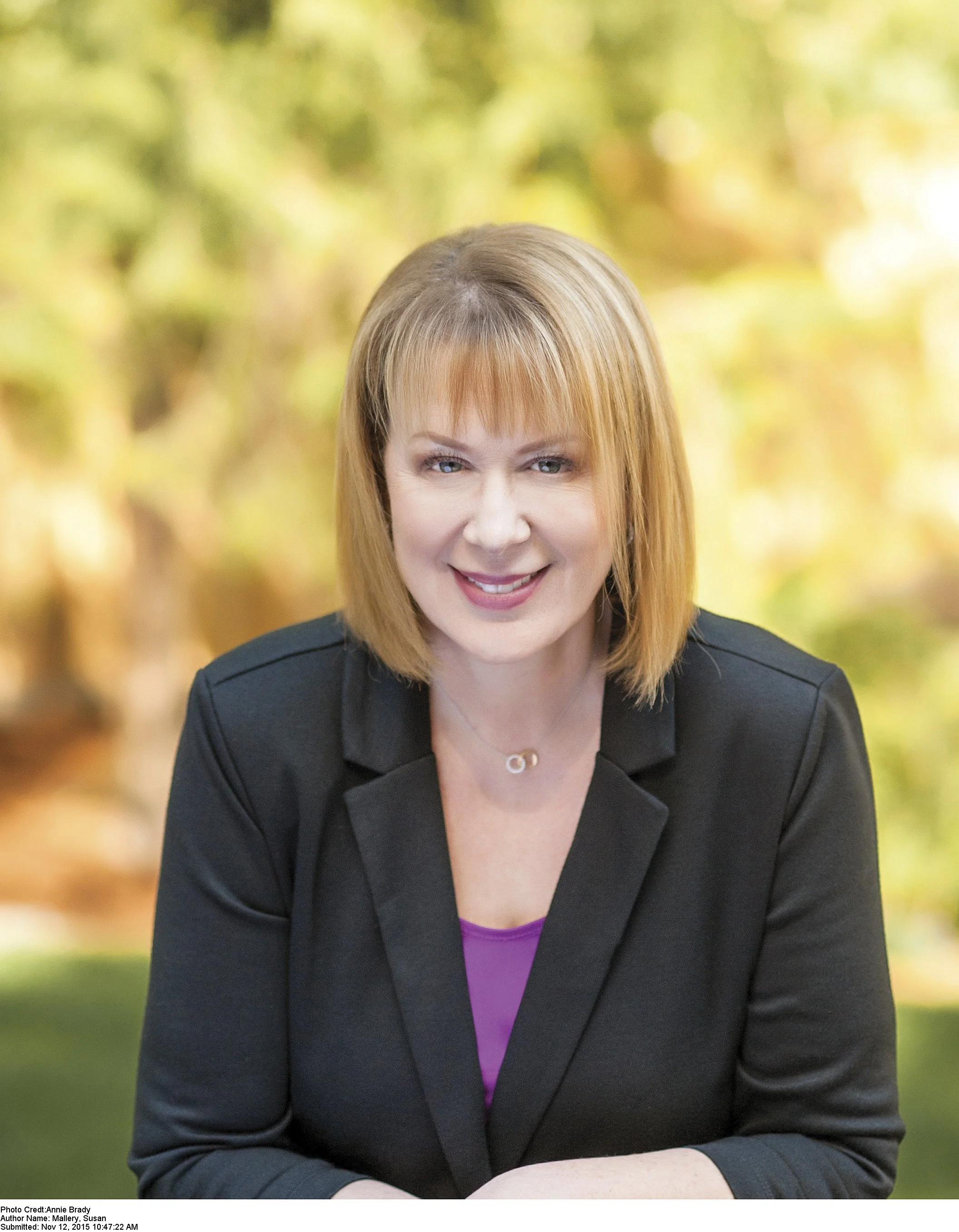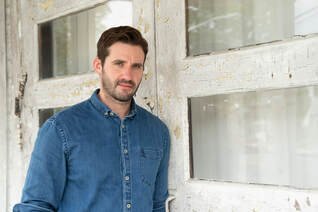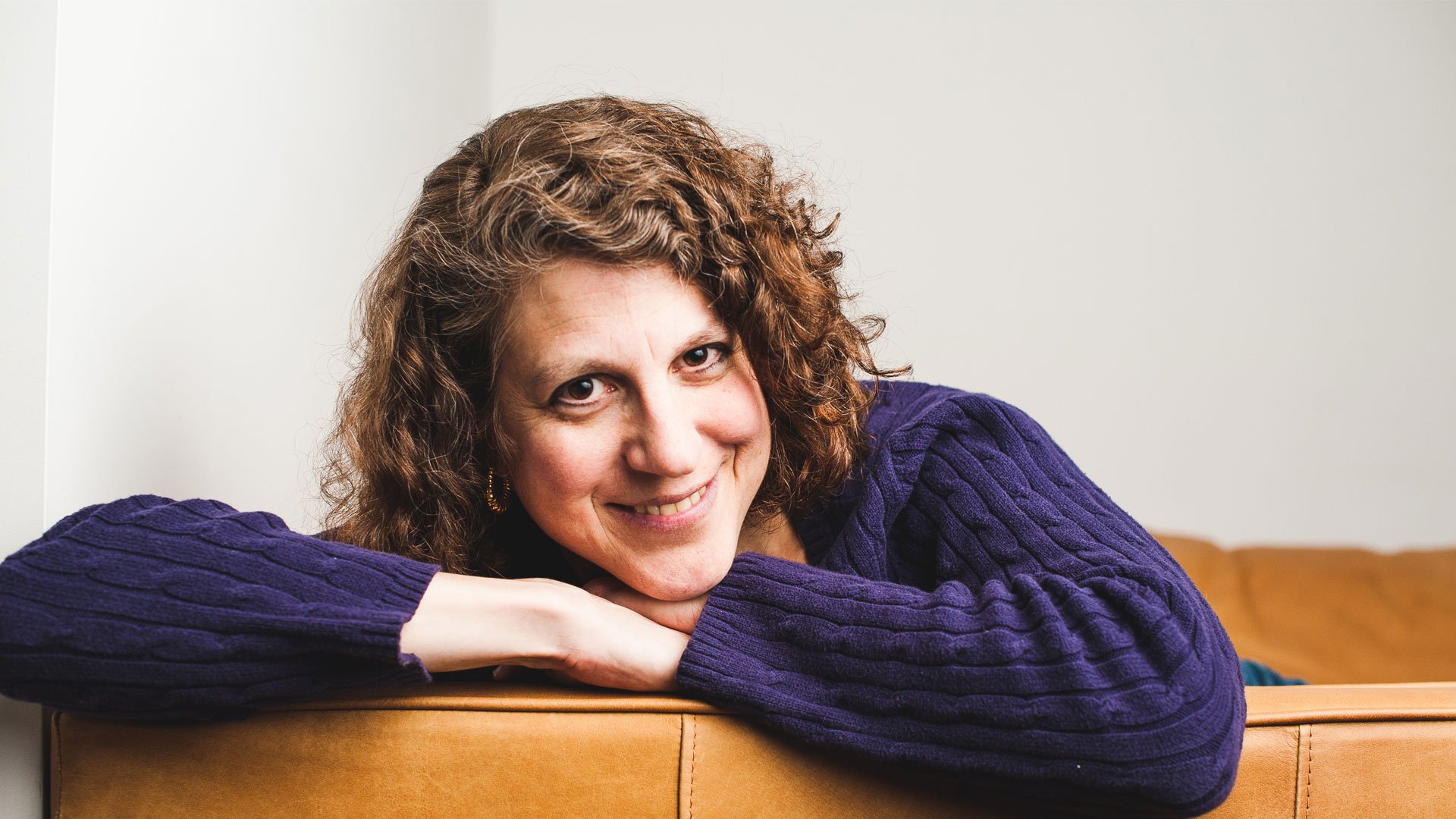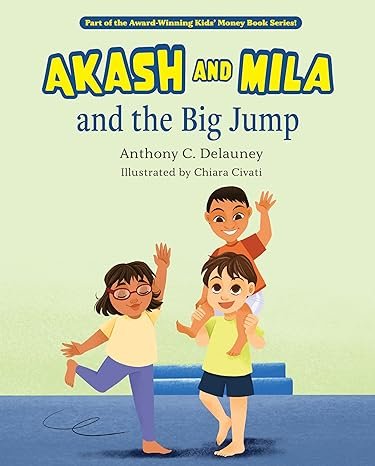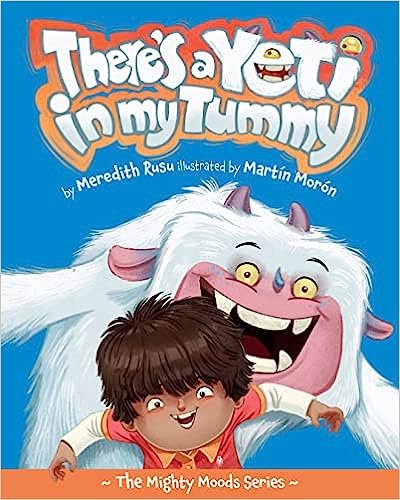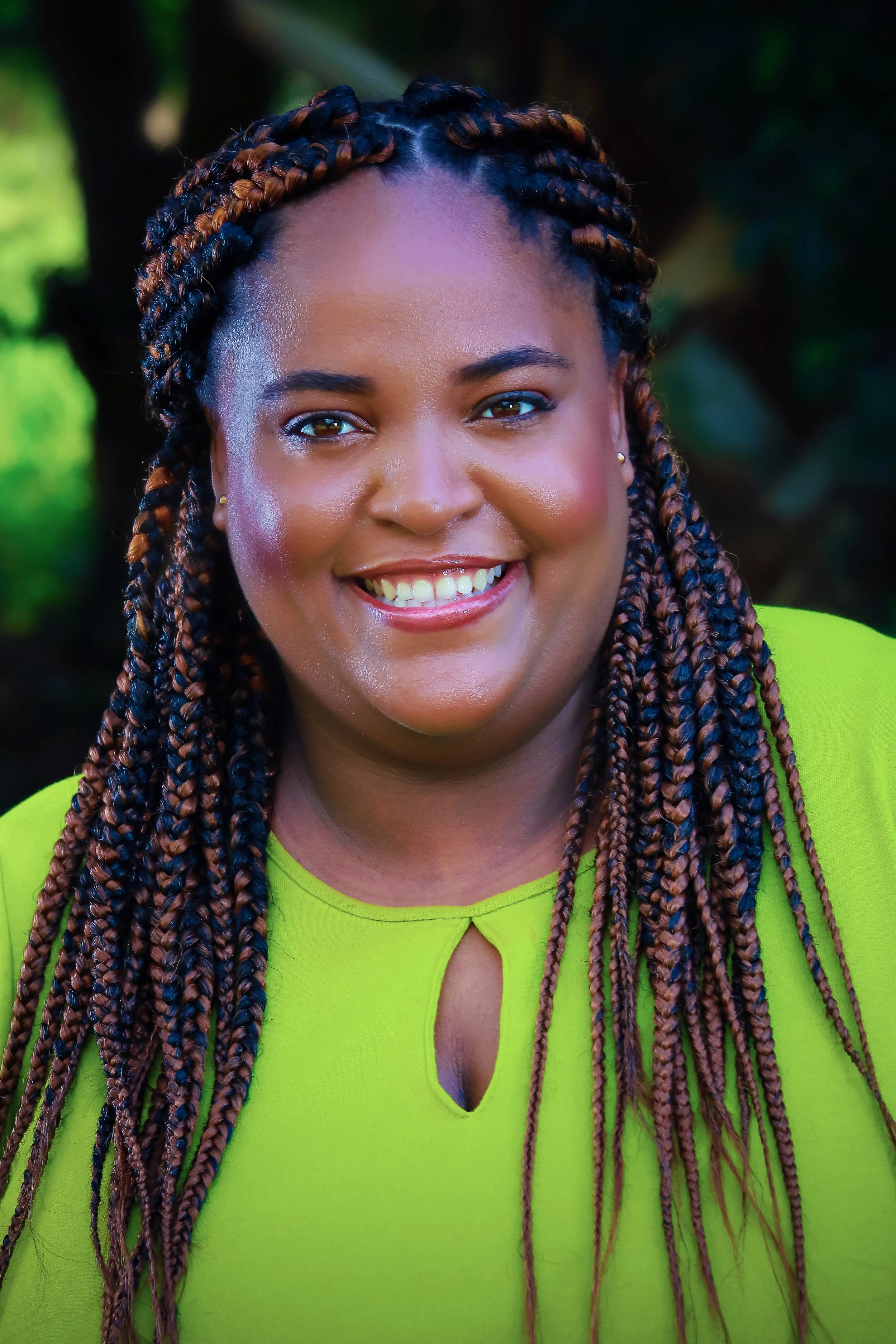Q&A with Hannah Mary McKinnon, The Revenge List
/How would you describe your latest book in a few sentences?
When Frankie Morgan loses her “forgiveness list” – the names of people who have wronged her in the past, and whom she could work to forgive – she thinks nothing of it. But as the people on Frankie’s list have increasingly serious accidents, Frankie’s in trouble. She wrote her own name on the list because her past self is the one person she’ll never forgive. If she doesn’t find out who’s behind the attacks, she might be next.
What’s “the story behind the story.” Tell us about the inspiration for THE REVENGE LIST?
I can usually pinpoint exactly where the inspiration for my novels came from. Typically, it’s a news article (You Will Remember Me and Her Secret Son) or a radio segment (Sister Dear), maybe some daydreaming (The Neighbors) or a specific character (Never Coming Home).
With The Revenge List, it was after batting various plot ideas around with my agent Carolyn, and former editor Emily that a random idea popped into my head: “What if an anger management group therapy exercise went terribly wrong?” That was it—we all needed to know what the rest of the story was.
What did you have the most fun with, character or plot?
Both, because they’re intrinsically linked. I loved building Frankie’s history to figure out who had wronged her in the past, how it had shaped her life and was still influencing her in the present. Frankie’s a firecracker, and it was incredibly interesting to write from the perspective of a woman who struggles with anger and doesn’t always handle it in a way that’s expected.
Did any of the characters appear fully formed?
No, they never do, but Frankie’s character came together quite quickly once I’d decided on a rough premise. I knew she’d have a certain amount of anger caused by her past, that she might be construed as an “angry woman” and I wondered what it would be like to write from that character’s perspective – without her being angry all the time, of course, because that would be exhausting. I also deliberately placed her in a male-dominated industry, which I have a lot of experience working in.
Did the story end the way you’d initially thought?
Yes, it did. I had the ending in mind when I started outlining and it barely changed. It still gives me the shivers.
Five facts readers don’t know about THE REVENGE LIST
The fictional coffee shop, Jake’s Cakes, originally appears in Sister Dear. It was fun to revive it as a little easter egg for anyone who reads both books.
I put Frankie in construction because it’s such a male dominated industry, but also because, I often went to construction sites when I was a kid as my dad worked as an architect. I still find them fascinating.
Like Frankie, I had a job at a grocery store when I was in school but thankfully nothing bad ever happened there.
I set the book in Portland, Maine because I’ve been there and loved it.
I modeled reporter Danika Danforth’s personality on my good friend Hank Phillippi Ryan. One reader told me “reporters aren’t that nice” and I replied, “Hank is!”
Do you have a favorite chapter or scene?
I adored writing the scenes with Frankie and Rico because I loved the brother/sister relationship and dynamic. I don’t have a brother, but if I did, I hope it would be someone like Rico as he was such a wonderful, caring man who clearly adored his sibling but wouldn’t put up with her nonsense, either.
Do you have a favorite character?
It’s got to be Frankie. I loved writing from her perspective – I found her so interesting and complex, including the fact that, even given her history, she’s still an optimist at heart. She became a great (fictional) friend.
What do you hope readers will take away from THE REVENGE LIST?
I always say I hope to surprise readers, and that they keep thinking about the book long after they’ve finished the final page. My ultimate goal hasn’t changed: it’s to entertain, to provide people with a form of escape and to leave them satisfied thinking, “I enjoyed that. It was time well spent! What else has Hannah Mary written?”
What are you working on now?
My holiday romantic comedy, The Christmas Wager, publishes as Holly Cassidy in the fall of 2023. It’s about real-estate hot-shot Bella, who’s tasked with purchasing an old, failing Christmas store in the quaint little town of Maple Falls, which is nestled in the Colorado mountains. She thinks it’ll be easy…until she meets the owner’s stubborn but hunky grandson, electrician Jesse. Bella wants the store for next to nothing, Jesse refuses, and they end up competing in the town’s quirky annual Holiday Games. Sparks fly – as do snowballs – but will these rivals find love together? I’m excited to take you on a trip to Maple Falls this autumn!
Another thriller will release in 2024 and I’m unbelievably excited already. We don’t have a title yet but it’s about the rise and demise of an all-female pop-rock group called The Bittersweet, and the lengths some of the members go to boost their fame. After all, aren’t rock bands potentially worth more dead than alive…? I can’t wait to introduce you to my brand-new protagonist, drummer Vienna.
I’m now working on the outlines for my romantic comedy for 2024, and my thriller for 2025. I hope I don’t mix up the plots (although…!).
Do you have any advice for aspiring writers?
Read as much and often as you can and listen to audio books. I wrote an article about how the latter make you a better author here. Write, even if you think it’s rubbish, because an empty page is impossible to edit. Another tip someone once suggested was to skip ahead if I couldn’t get a grasp on a chapter or scene, that I should focus on another part of the manuscript and trust myself enough to backfill later. It was revolutionary to me, and it beats the heck out of staring at a blank page or shoving my hand in the cookie jar.
Also, I was advised to read my manuscript out loud. Every. Single. Word. Doing so helps avoid repetition, improves cadence, and zaps stilted dialogue. And, finally, share your work. It can be scary, but it’s the only way you’ll get feedback and improve your craft. Speaking of feedback: try not to take it personally. It’s unlikely lip service will get you where you want to be.

